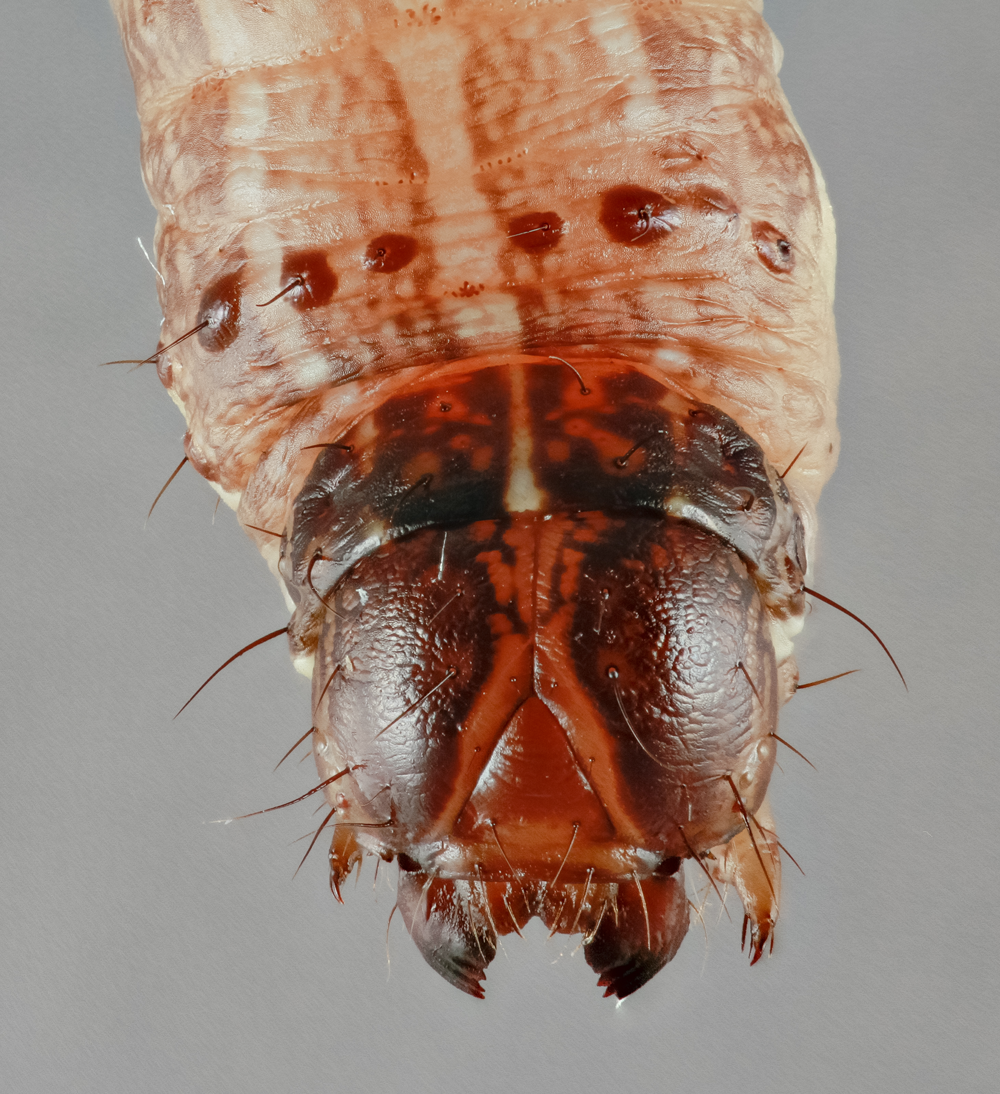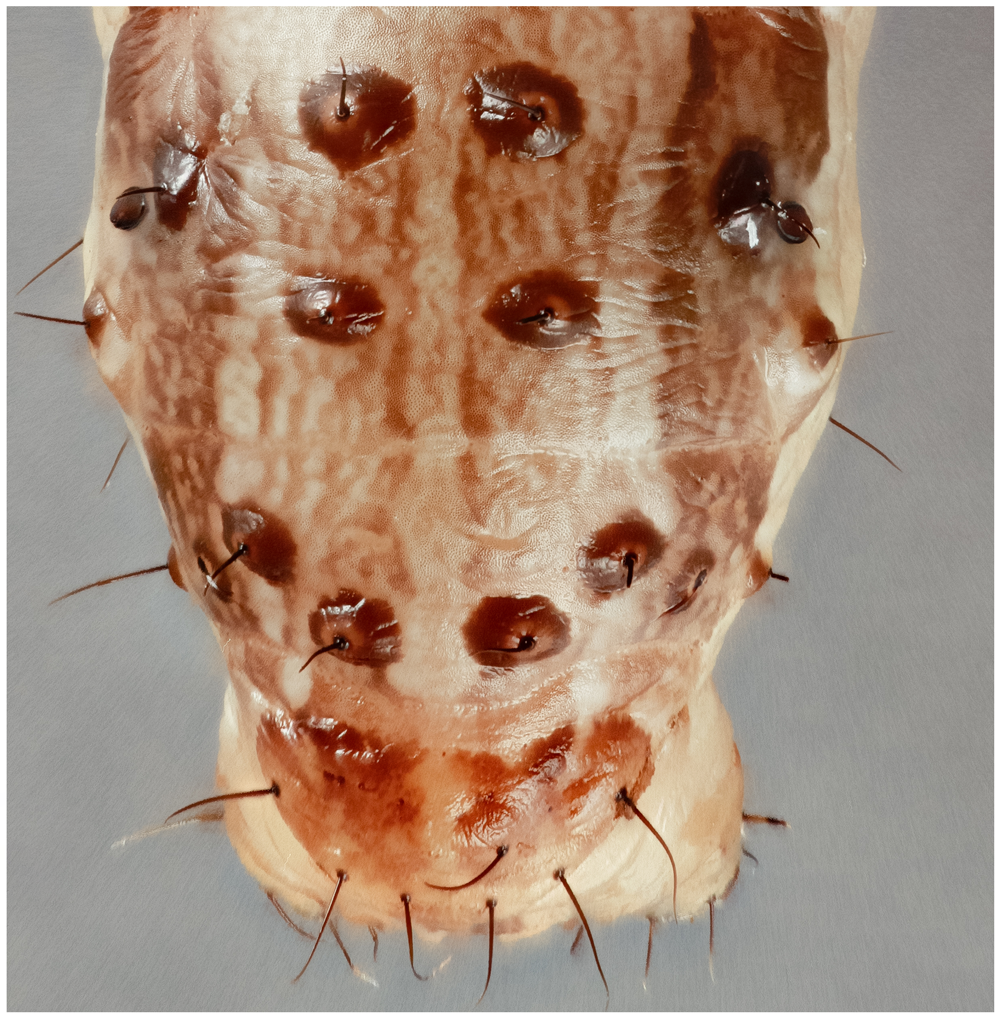-
On this page
- Fall armyworm in New Zealand
- Initial response to fall armyworm
- Ongoing management
- Help track the distribution of fall armyworm
- What can home gardeners and lifestyle block owners do?
- More about the fall armyworm
- Images of the fall armyworm
- Similar species to the fall armyworm
Fall armyworm in New Zealand
Fall armyworm (FAW) is thought to have been carried on wind from Australia, arriving in New Zealand around February 2022. The moth is known to be spreading around the world and is present in the Americas, Africa, and Asia, as well as parts of Australia.
FAW is a plant pest that can feed on over 350 plant species, particularly sweetcorn and maize. Adult fall armyworm moths are strong flyers and will travel hundreds of kilometres on wind. The larvae can also be spread in cut flowers, fruit, and vegetables.
Initial response to fall armyworm
Biosecurity New Zealand and sector partners ran a biosecurity response to limit the spread of FAW and try to eradicate it from New Zealand. This included surveillance and research to better understand the moth, its spread, and potential impacts in New Zealand.
By April 2023, it became clear that FAW was widespread, particularly in the North Island, and that eradication was unlikely because it had been windblown from Australia, and this is likely to repeatedly occur.
Ongoing management
In April 2023, Biosecurity New Zealand and sector partners agreed to close the FAW response and shift the focus to long-term management of the pest by industry.
Industry groups have now adopted a long-term management programme. Together they have the resources and networks to manage the control of FAW as part of their everyday work.
Help track the distribution of fall armyworm
Farmers and growers should continue to look out for FAW on their properties to help with the long-term management of the pest.
If you suspect fall armyworm on your property, contact your crop manager or industry group for the actions to take and advice on the best management options for your crops. Contact the Foundation for Arable Research (FAR) if you have any questions about the long-term management programmes for FAW. You can email FAR at far@far.org.nz.
Short field guide for identifying fall armyworm [PDF, 640 KB]
Fall armyworm quick growers guide [PDF, 648 KB]
What can home gardeners and lifestyle block owners do?
If you think you spot fall armyworm in your vegetable garden or elsewhere on your property, talk to your local gardening supplier for advice on managing caterpillars and moths.
Fall armyworm identification sheet [PDF, 685 KB]
More about the fall armyworm
Fall armyworm is the name commonly attributed to the larval stage of the moth Spodoptera frugiperda.
The fall armyworm life cycle
- Egg stage.
- 6 caterpillar (larval) stages.
- A pupal stage.
- An adult moth stage.
The larval life cycle stages cause widespread damage to crops through feeding.
Fall armyworm eggs
- Usually laid on the under surface of leaves in clustered masses of 100 to 200.
- The masses are covered with a felt-like layer of scales.
- The eggs are pale yellow.
Fall armyworm larvae
- Small larvae are usually light green to brown, with a dark head capsule. Young larvae feed on one surface of the leaf.
- Large fall armyworm larvae grow to 3cm to 4cm, becoming darker as they mature, with pale white stripes along the length of the body.
- The large caterpillars have a pale inverted “Y” shape between the eyes. Two dark spots with dark spines occur on each body segment on the upper body surface, with 4 black spots arranged in a square on the second last abdominal segment.
- Larvae normally pupate in the soil. The pupae are shiny brown and between 1.3cm and 1.7cm long.
Adult fall armyworm moths
- Measure 3cm to 4cm from wingtip to wingtip.
- Female moths are slightly larger than males, although both sexes have a white hindwing with a dark brown margin.
- Male moths are more patterned and have distinct triangular white spots at the tip and near the centre of each forewing.
Images of the fall armyworm

|

|

|

|
Similar species to the fall armyworm
Particularly in the larval stage, fall armyworm can often be mistaken for closely related species. They are most commonly mistaken for the:
- Cosmopolitan armyworm (Mythimna separata)
- Tropical armyworm (Spodoptera litura)
- Corn earworm (Helicoverpa armigera).
All 3 species are found throughout the North Island. Know how to spot the difference.











